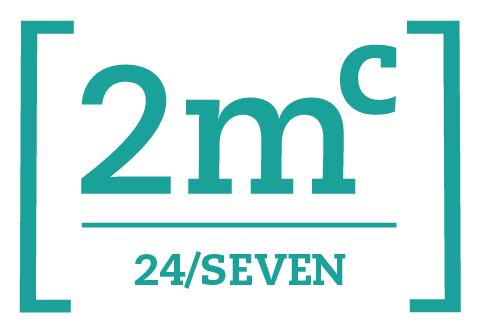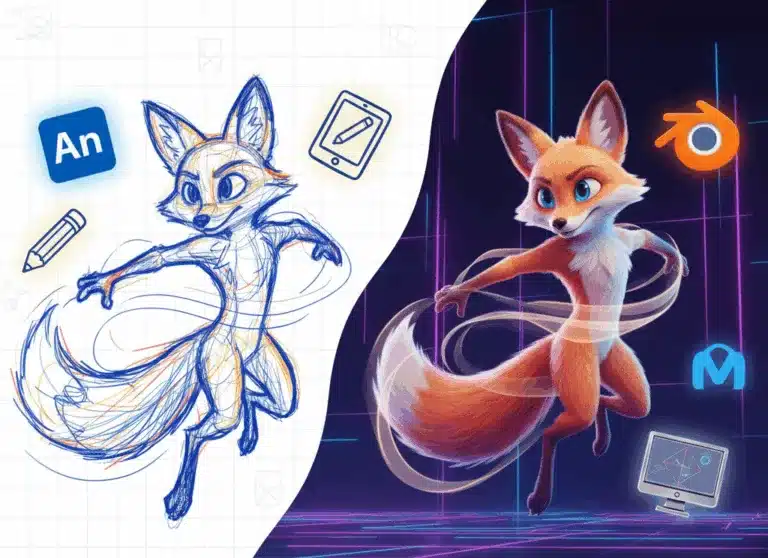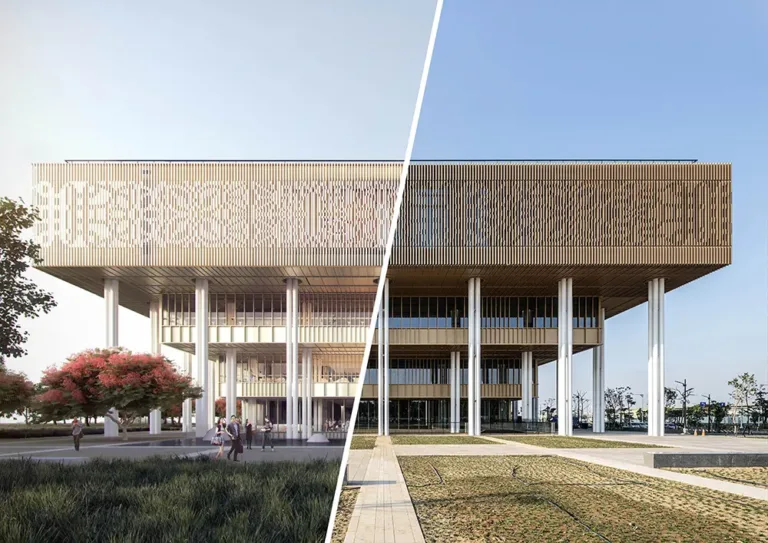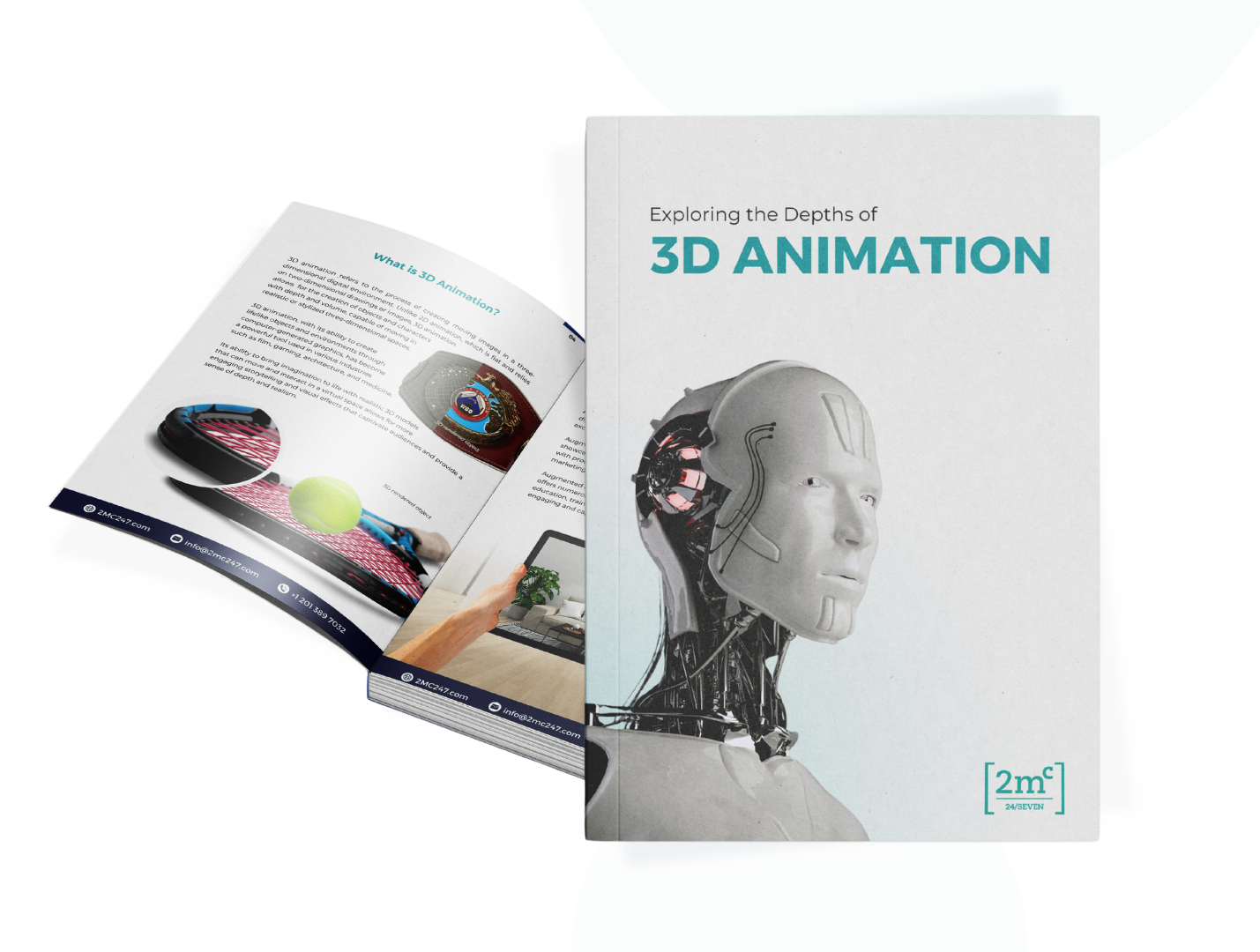For professionals in 3D visualization, choosing the right rendering software is crucial. With so many options available, it can be challenging to determine which tool best suits your workflow. To help you make an informed decision, here’s a breakdown of the top five rendering software tools for 2025, including their standout features, strengths, and use cases.

1. V-Ray
A favorite among architects, designers, and animators, V-Ray by Chaos Group is known for its versatility and stunning photorealistic outputs.
- Key Features: Real-time rendering, powerful lighting capabilities, and support for high-resolution textures.
- Strengths: Seamlessly integrates with leading software like 3ds Max, SketchUp, and Rhino. It offers exceptional control over materials and lighting, allowing for lifelike renderings.
- Use Case: Ideal for projects requiring ultra-realistic visualizations, such as architecture, interior design, and advertising.
2. 3ds Max with V-Ray
At 2MC, our tool of choice is 3ds Max with V-Ray, a combination that delivers unmatched results in 3D visualization.
- Key Features: Advanced modeling tools in 3ds Max paired with V-Ray’s unparalleled rendering engine. Together, they provide a seamless workflow for creating detailed and photorealistic visuals.
- Strengths: The synergy between 3ds Max and V-Ray ensures faster rendering times, optimal quality, and a user-friendly experience. It’s the go-to choice for creating high-end 3D models and visuals that captivate clients.
- Use Case: Professionals seeking the ultimate combination of precision and speed should look no further than this dynamic duo.
3. Blender
Blender’s growing popularity among professionals stems from its powerful features and open-source model.
- Key Features: Cycles rendering engine, node-based materials, and a comprehensive suite of modeling tools.
- Strengths: Free to use without compromising on quality. Blender’s flexibility makes it suitable for everything from animation to architectural visualization.
- Use Case: Best for individuals or studios on a budget who still need a robust and reliable rendering tool.
4. Corona Renderer
Corona Renderer has carved a niche for itself with its intuitive interface and quick learning curve.
- Key Features: Easy-to-use material library, interactive rendering, and excellent light mixing capabilities.
- Strengths: Delivers stunning results without overwhelming the user with complex settings. It’s highly compatible with 3ds Max, making it a strong alternative to V-Ray.
- Use Case: Perfect for professionals focused on architectural visualizations and interior design projects.
5. Redshift
Redshift’s GPU-accelerated rendering capabilities have made it a favorite among animators and VFX artists.
- Key Features: Speed optimization, extensive material shaders, and out-of-core rendering for large scenes.
- Strengths: Redshift’s GPU rendering ensures fast turnaround times while maintaining high-quality outputs.
Use Case: Best for large-scale projects in the entertainment industry, such as film, television, and game development.

Why 3ds Max with V-Ray is the ultimate choice
While each rendering software has its strengths, 3ds Max with V-Ray stands out as the optimal solution for professionals seeking superior quality and efficiency. At 2MC, we have successfully utilized this powerhouse combination to deliver stunning 3D visuals for clients worldwide. Its versatility, speed, and precision ensure that every project—from architectural renders to product visualizations—meets the highest standards.
Make the smart choice with 2MC
Rendering software is more than just a tool; it’s the backbone of your creative process. By choosing 3ds Max with V-Ray, you’re investing in a proven solution that delivers exceptional results. Partner with 2MC to bring your 3D visualization projects to life. Our team of experts uses the best tools and techniques to create visuals that captivate and inspire.
Ready to elevate your 3D visualization game? Contact us today to learn how 2MC can transform your ideas into reality.





